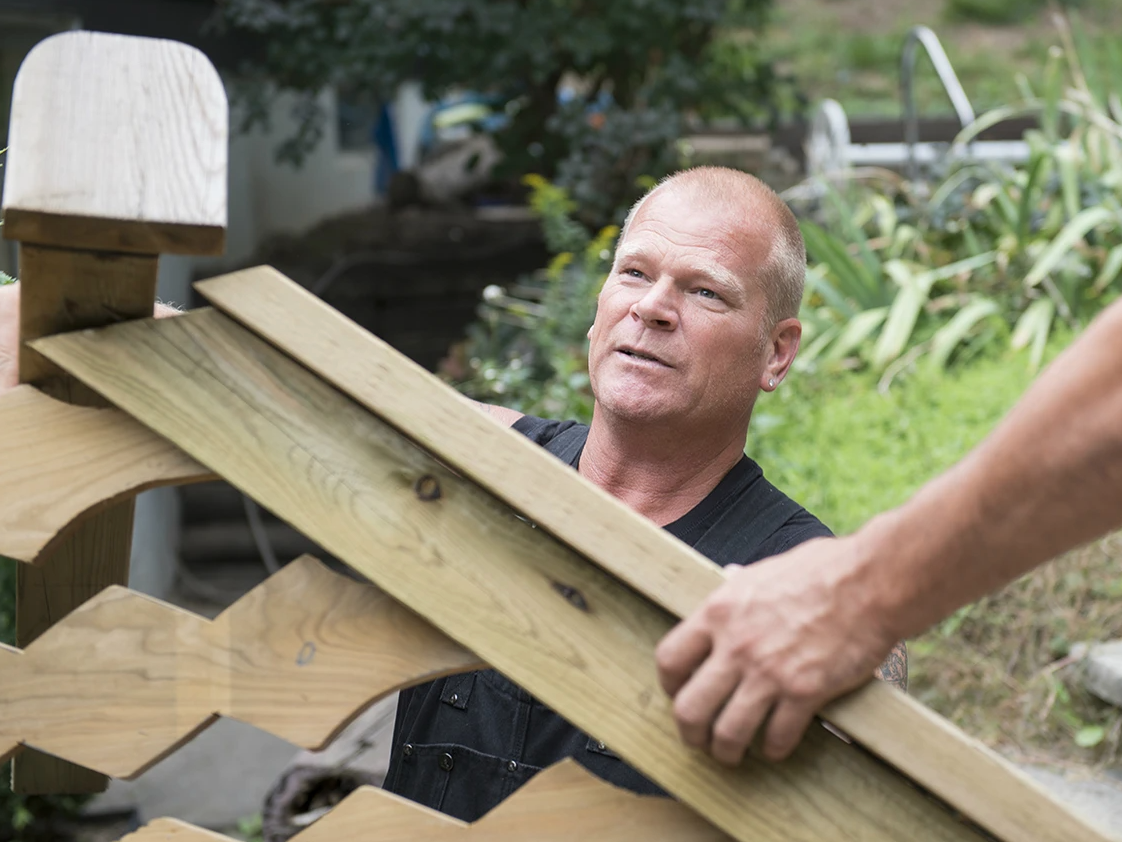The ups and downs of your yard
A sloped landscape can add some nice dimension to your yard, allowing you to get creative with your space. But what do you do when the edges of your property line have an uneven slope and you want to build a fence? Well, for that, you’ve got a couple options to think about.
For minor sloping, you can install the fence in a raked pattern. In a raked fence, the rail of the fence (the horizontal bar between fence posts) remains parallel to the ground in all panels.

Leave a Comment
15 Responses to “In Defence of a Properly Built Fence”